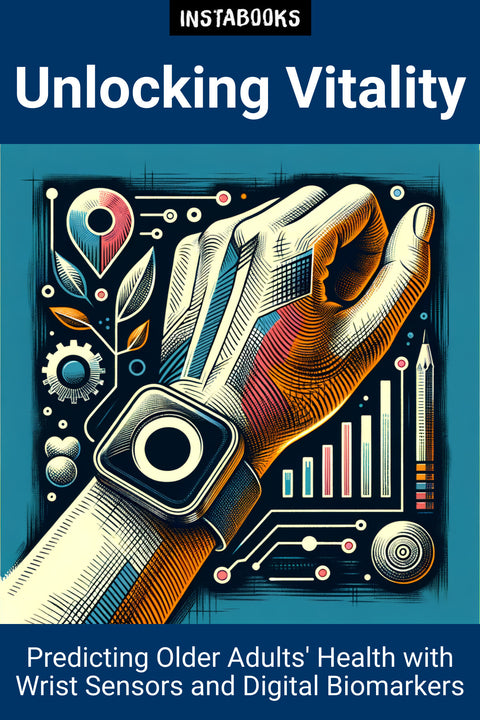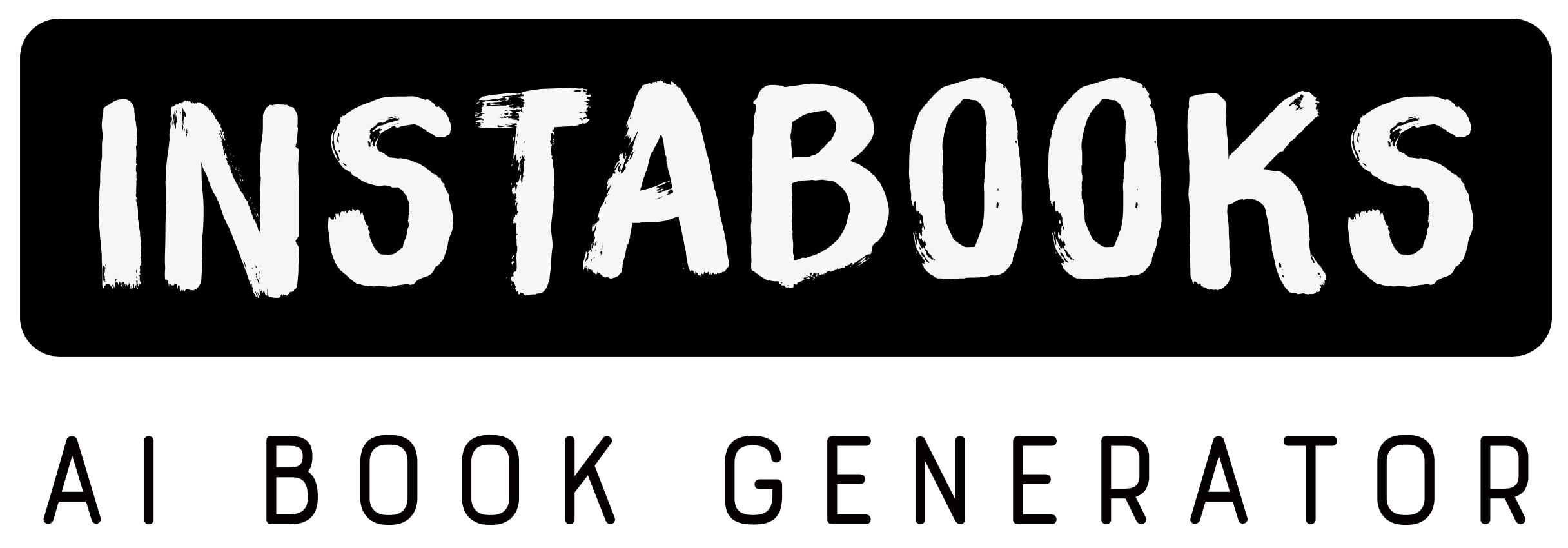
Unlocking Vitality
Predicting Older Adults' Health with Wrist Sensors and Digital Biomarkers
Included:
✓ 200+ Page AI-Generated Book
✓ ePub eBook File — read on Kindle & Apple Books
✓ PDF Print File (Easy Printing)
✓ Word DOCX File (Easy Editing)
✓ Hi-Res Print-Ready Book Cover (No Logo Watermark)
✓ Full Commercial Use Rights — keep 100% of royalties
✓ Publish under your own Author Name
✓ Sell on Amazon KDP, IngramSpark, Lulu, Blurb & Gumroad to millions of readers worldwide
Introduction to Predicting Physical Functioning
The prediction of physical functioning status in older adults is transforming with the advent of technology. This book delves into using wrist accelerometer sensors and digital biomarkers to gauge the mobility and vitality of aging populations. It's a resource-rich guide tailored for healthcare professionals, researchers, and enthusiasts keen on understanding these innovative tools.
Key Topics and Insights
Emphasizing the critical role of wrist accelerometers, this book outlines their use in measuring physical activity with accuracy. Learn about the variability in measurements, especially in elders and those with neurological disorders, and the importance of precise device placements. The book also covers the significance of digital biomarkers in continuous measurement of physical activity, offering insights into daily patterns and linking movement to broader health outcomes.
Role of Circadian Rhythmicity
Discover how tracking sleep and daily activity patterns can reveal the health of older adults. This section delves into the impact of circadian rhythms on physical functioning and how wrist sensors play a pivotal role in examining these connections.
Development and Challenges in Digital Biomarkers
Explore current methodologies and their challenges. This book provides a comprehensive overview of the diversity in studies and the need for standardization in device types and data interpretation. It highlights the demand for novel metrics that capture comprehensive daily physical activity in older adults.
Applications and Future Trends
Beyond theory, the book looks at real-world applications. Learn about the linkage of daily physical activity to health outcomes in older adults, application in treatment monitoring, and the potential for interventions to improve quality of life. Current research trends, epidemiologic studies, and algorithm validation in accelerometer data are discussed to present a full picture of this evolving field.
Conclusion
This book is a gateway to understanding how technology is reshaping the way we predict and measure physical functioning in older adults. It bridges the gap between traditional approaches and modern digital methodologies, offering valuable insights and guidance to propel your knowledge forward.
Table of Contents
1. Understanding Wrist Accelerometers- The Technology Behind Sensors
- Measurement Accuracy and Challenges
- Applications in Elderly Care
2. Digital Biomarkers in Physical Activity
- Defining Digital Biomarkers
- Measurement of Physical Activity
- Interpreting Biomarker Data
3. Exploring Circadian Rhythms
- The Science of Circadian Rhythms
- Impact on Physical Functioning
- Accelerometers in Sleep Analysis
4. Methodologies in Biomarker Development
- Current Techniques and Tools
- Data Interpretation Challenges
- Future Metric Innovations
5. Multidevice Models and Benefits
- Integration of Devices
- Behavioral Insights
- Improving Measurement Precision
6. Evaluating Physical Functioning
- Patterns of Daily Physical Activity
- Connecting Activity with Health Outcomes
- Recognizing Limitations and Barriers
7. Health Outcomes of Wrist Sensors
- Linking Activity with Well-being
- Intervention and Monitoring Uses
- Implications for Health Guidelines
8. Research Trends and Findings
- Emerging Studies and Insights
- Algorithm Development
- Validation Processes in Research
9. Challenges in Current Research
- Methodological Dilemmas
- Standardization Needs
- Overcoming Technological Hurdles
10. Intervention Strategies and Practical Tips
- Designing Effective Interventions
- Monitoring Progress and Success
- Personalized Approaches for Eldercare
11. Implementing Innovations in Care
- Adopting New Technologies
- Training for Healthcare Providers
- Real-world Applications
12. The Future of Digital Biomarkers
- Predictions and Possibilities
- Expanding Research Horizons
- Ethical and Privacy Considerations
Target Audience
This book is aimed at healthcare professionals, researchers, and anyone interested in the intersection of technology and elderly care.
Key Takeaways
- Grasp the capabilities and challenges of wrist accelerometers in monitoring physical activity in older adults.
- Understand the potential of digital biomarkers in evaluating health statuses.
- Explore the impact of circadian rhythms on physical health.
- Identify methodological challenges and research trends in wearable technology.
- Discover the applications of wrist sensors in real-world healthcare settings.
